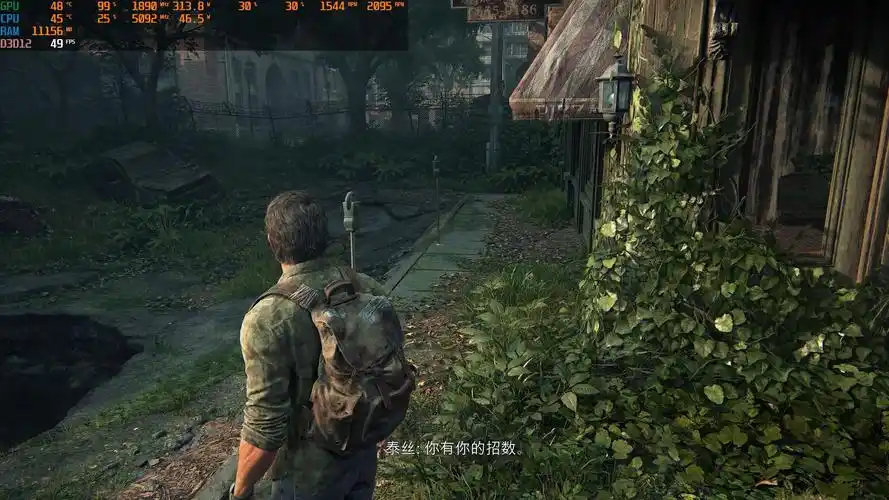First Play: Mastering Sail Control in "Windsurfer's Windward"
Introduction
Windsurfing is a thrilling sport that combines elements of surfing and sailing, requiring skill, balance, and precise control. In the game "Windsurfer's Windward", players experience the excitement of windsurfing through realistic physics and dynamic wind mechanics. One of the most critical aspects of the game—and real-life windsurfing—is sail control. This guide explores the fundamentals of sail management in "Windsurfer's Windward", offering tips for beginners and advanced techniques for seasoned players.
Understanding the Basics of Sail Control
1. The Role of the Sail
The sail is the engine of your windsurfing board. In "Windsurfer's Windward", the sail's angle and tension determine speed, direction, and stability.

-
Angle to the Wind:
- Close-Hauled (Upwind): The sail is pulled in tightly for maximum power.
- Beam Reach (Crosswind): The sail is at a moderate angle for balanced speed.
- Running (Downwind): The sail is let out to catch as much wind as possible.
-
Sail Tension:
- Tightening increases speed but reduces maneuverability.
- Loosening allows for smoother turns but may slow you down.
2. Wind Direction Awareness
The game simulates real wind patterns, so players must constantly adjust their sails based on wind shifts.
- Headwind (Upwind): Requires precise sail trimming to maintain momentum.
- Tailwind (Downwind): Allows for a more relaxed sail position.
- Crosswind: Demands quick adjustments to prevent capsizing.
Advanced Techniques for Optimal Performance
1. Harnessing the Power of the Boom
The boom is the horizontal bar connecting the sail to the board. Proper grip and positioning are crucial.
- Hand Positioning:
- Front Hand (Closest to Mast): Controls power.
- Back Hand (Farthest from Mast): Steers the sail.
- Boom Height:
- Lower booms provide stability in strong winds.
- Higher booms allow for better control in light winds.
2. Using Foot Straps for Better Control
Foot straps help maintain balance during sharp turns and high speeds.
- Front Foot Strap: Used for acceleration.
- Back Foot Strap: Essential for carving turns.
3. The Art of Jibing and Tacking
Changing direction efficiently is key to mastering "Windsurfer's Windward".
- Tacking (Upwind Turn):
- Turn the board into the wind while shifting weight.
- Quickly flip the sail to the opposite side.
- Jibing (Downwind Turn):
- Lean back and let the sail swing naturally.
- Maintain speed by keeping the sail filled with wind.
Common Mistakes and How to Avoid Them
1. Overpowering the Sail
Beginners often pull the sail too tightly, leading to loss of control.
✅ Solution: Gradually adjust sail tension based on wind strength.
2. Ignoring Wind Shifts
Failing to adapt to changing wind conditions slows progress.
✅ Solution: Constantly monitor the wind indicator in-game.
3. Poor Weight Distribution
Leaning too far forward or backward can cause wipeouts.
✅ Solution: Keep a balanced stance, adjusting weight as needed.
Final Thoughts: Becoming a "Windsurfer's Windward" Pro
Mastering sail control in "Windsurfer's Windward" takes practice, but the payoff is exhilarating gameplay. By understanding wind dynamics, refining boom techniques, and perfecting turns, players can dominate the virtual waves. Whether you're a beginner or an advanced windsurfer, continuous adjustment and adaptation are the keys to success.
Happy Windsurfing! 🏄♂️🌊


















